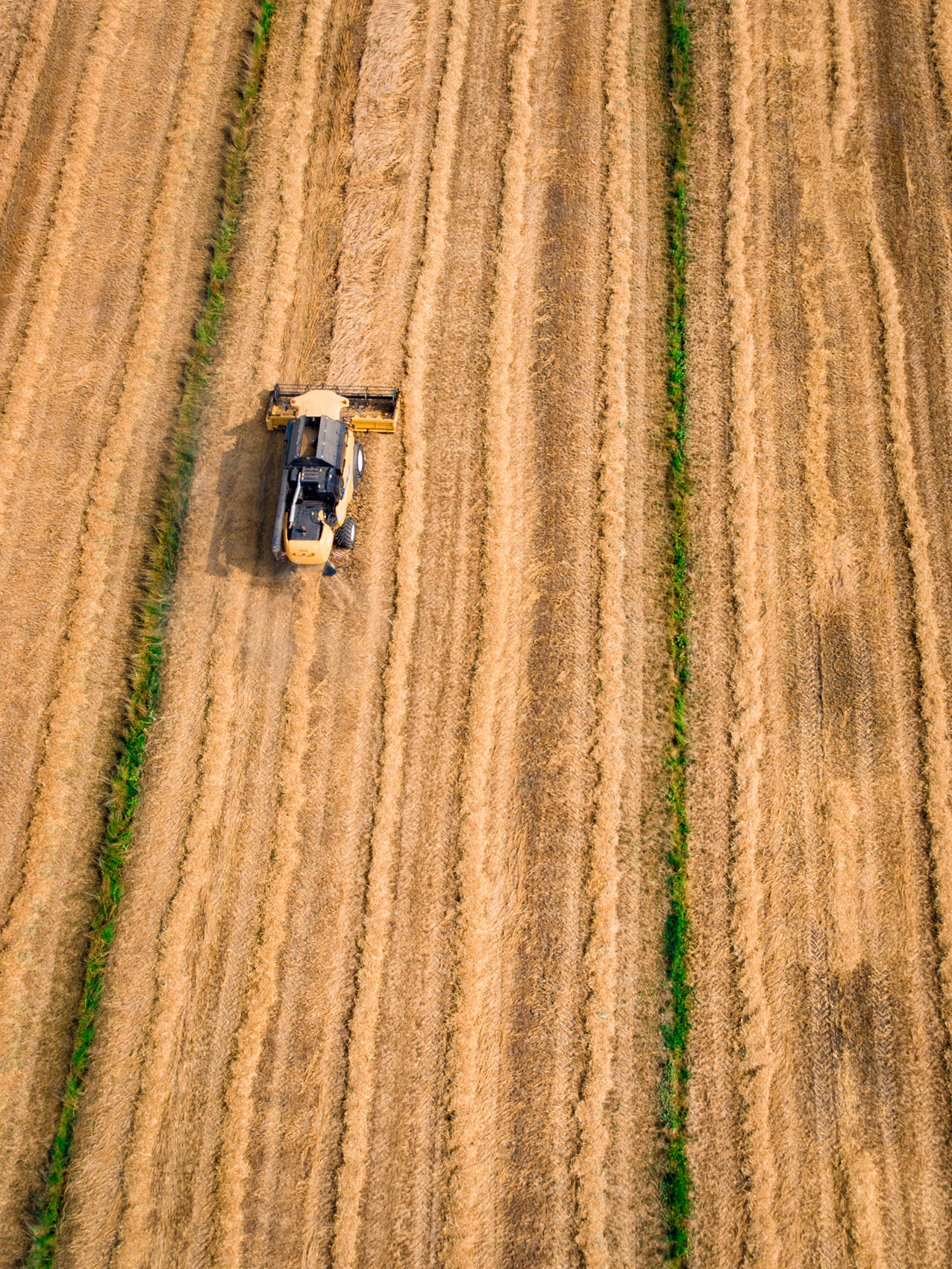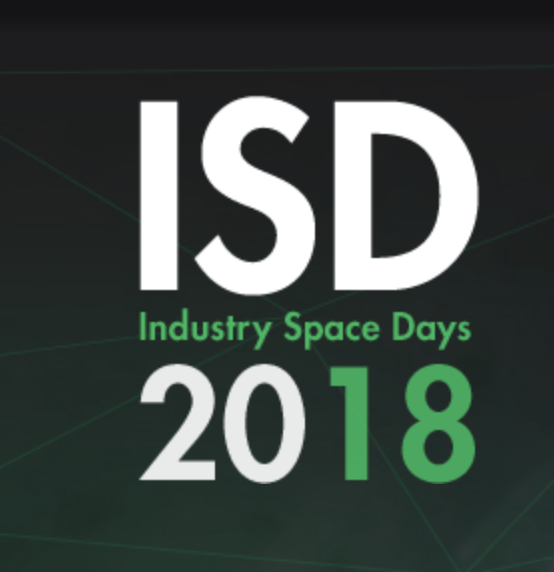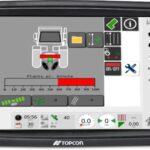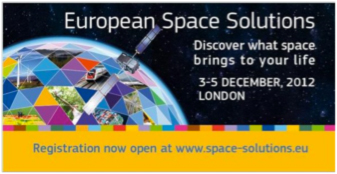Precision agriculture is just one of many sectors taking advantage of advancements in GNSS technology in recent years, but few have the potential to make such a big impact.
Efficient, productive farming is essential around the globe and GNSS is powering the precise positioning that enables many of today’s farmers to take advantage of precision ag to remain competitive as well as to produce much-needed food supplies.
These points were made clear last week at the Agriculture and Space Day held at the Belgian Natural Science Museum in Brussels. The event showcased how Europe’s space program is revolutionizing agricultural production, making it more efficient and reducing the environmental impact of the sector.
The technologies demonstrated how Galileo and Copernicus, Europe’s Earth observation and monitoring program, are helping to develop the tools needed to ensure that Europe can compete in dynamic markets. This is no longer a discussion on a remote future – the technologies are being used in the here and now, helping farmers make informed decisions on every aspect of their business.
Speaking at the event, European Global Navigation Satellite Systems Agency (GSA) Executive Director Carlo des Dorides said: “The uptake of precision agriculture in Europe and worldwide continues to grow and the return on investment in terms of increased productivity, cost-effectiveness and sustainability clearly makes the business case for the development of more applications, which rely on the precise positioning provided by GNSS.”
Increased Productivity
Member of European Parliament (MEP) Franc Bogovič, who is also a farmer, has adopted digital technology to improve his business. As the European Union (EU) looks to its priorities in the future, he acknowledged that space and agriculture needed to work closely together to optimize their results. According to the Organization for Economic Co-operation and Development
(OECD), the use of big data alone could increase agricultural productivity by 5-6%. Max Schulman, a cereal farmer from Finland, showed how technology was making a difference to his business and also helping to engage young farmers.
With a smartphone and a hand-held device (GrainSense) he is able to make on-the-spot assessments of the percentage of water, protein and carbohydrate in the grain.Similarly, working with Copernicus can help farmers assess soil and plant conditions on an even wider scale, according to a GSA press release. Schulman welcomed the European investment but urged the EU to put the end user – the farmer – at the heart of developing technology. He said that it should be for farmers to choose which technology is best for them and that regulations should not curb innovation.
The ‘Internet of Food’
There are some concerns, such as the secure sharing of data. In order to address this, COPA-COGECA worked with farmers to establish an EU Code of Conduct. The code sets transparent principles that ensure trust among partners. With this assurance, the “Internet of Food” can flourish.
COPA-COGECA Secretary General Pekka Pesonen said that the farming community believes that an organized food and agriculture data infrastructure will lead to improved food safety, reduced environmental impacts and better health for people and livestock, while improving the overall living conditions of farmers and their families.
And There’s More
Also at the Agriculture and Space Day, Des Dorides highlighted some of the other projects under way: the Mistrale project that uses drones for soil water mapping, allowing farmers to optimize irrigation, saving costs and increasing yields; and GreenPatrol, that will result in early detection of pests and reduce productions losses and chemical use. These projects are run under the EU R&D program, Horizon2020.
“European GNSS, combined with the open data policy of Copernicus, are inspiring innovators to create new value-added services that help farmers to optimize their efficiency, improve crop yield and reduce the environmental impact of their operations,” he said.
Common Agricultural Policy
As noted above, agriculture is one of the main sectors to benefit from synergies between the flagship EU Space Program EGNOS, Galileo and Copernicus, with European-GNSS and Earth Observation technologies being leveraged to implement the Common Agricultural Policy (CAP). Representatives from national Paying Agencies, the EC, ESA and the GSA came together in a Learning Network Meeting of Directors of Paying Agencies and Coordinating Bodies, in Brussels back in July.
With farming an important pillar of the EU economy, and CAP one of the EU’s oldest policies, it has supported farmers for some time and also helps safeguard Europe’s food security. The aims of CAP include improving agricultural productivity so as to feed more people with limited resources, tackling climate change, supporting the sustainable management of natural resources and maintaining rural areas and landscapes across the EU.
The EC has started to revise CAP to make it fit-for-purpose post-2020, and MEPs have called for a more forward-looking policy that will allow farmers to benefit fully from the potential of EU space technology.
Michael Niejahr, Director for legal, institutional and procedural matters at DG AGRI, stresses the importance of space technology for the future of agriculture in the EU when he says: “The EU needs innovative solutions to improve the sustainability and efficiency of its agricultural sector and the EU Space Programs hold a lot of potential in this regard, allowing farmers to improve the sustainability of their processes through precision farming techniques, and helping make the CAP future-proof,” he said.
Innovative Applications
If the goals of CAP are to be achieved the agriculture sector will have to embrace innovation, including the effective solutions offered by space. The EU’s Space Programs provide innovative applications designed to optimize agricultural production in Europe by making it more precise, sustainable and cost effective. The monitoring capabilities of Copernicus and the geo-tagging of E-GNSS (Galileo and EGNOS) can be combined to provide effective solutions for farmers to streamline their processes.
Speaking at a network meeting session on the use of new technologies for monitoring in the agriculture sector, GSA Market Development Officer Reinhard Blasi noted that synergies between the EU space programs could potentially transform farming and bring multiple benefits.
Tamper-proof Technology
“The use of Sentinel data from Copernicus is possible within the Land Parcel Identification System (LPIS) of the CAP’s Integrated Administration and Control System (IACS),” Blasi said, adding that, when combined with E-GNSS in geo-tagged applications, this would reduce the need for intrusive on-the-spot checks. “Every farmer can benefit from E-GNSS in geo-tagging for aid applications and from crowd-sourcing of farm advice services,” he said.
Galileo’s higher accuracy empowers farmers to measure and geotag their fields themselves, and is a more robust solution, thanks to Galileo signal authentication, according to the GSA. Furthermore, Copernicus field delineation is to be automated for claims under the CAP. This makes it easier for famers to take advantage of the EU Space Programs, allowing many more farmers to benefit. Nine million farmers in the EU could potentially benefit from synergies between Galileo and Copernicus, the GSA states.






